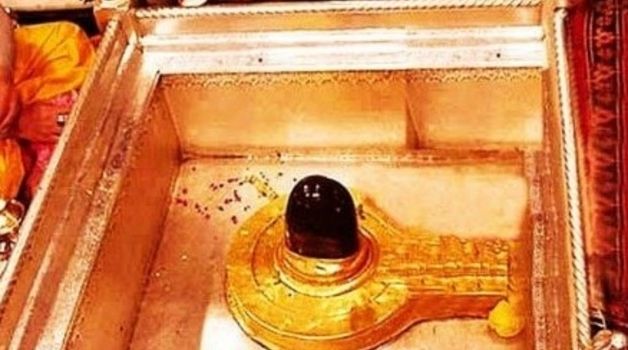See below for the 2023 Maha Shivaratri in Telangana Pooja Timings India, Maha Shivaratri 2023 Pooja Date, and Fasting Timings in Telangana here.
Maha Shivaratri is a popular festival, which is celebrated by Hindus worldwide. As per Sanatana Dharma, Shiva Ratri would be celebrated in every month before the day of Amavasya (Full Moon day). Among all 12 Shivaratri, Celebrating Magha Shivaratri is in a grand Manner named as Maha Shivaratri. As per Puranas, Devotees believe, Lord Mahadeva took an avatar on this day.
It is said that Shiva performed the Tandava Nritya, or dance of primal creation, preservation, and destruction, on the eve of Maha Shivaratri. This, according to believers, prevented the end of the world. According to Hindu historians, Shiva drank deadly negativity on Maha Shivaratri to safeguard the world.
Click here for Maha Shivaratri Pooja Vidhanam Telugu Online Easy at Home
Click here to Book Pandit for Maha Mrutyunjaya Homam
2023 Maha Shivaratri in Telangana Pooja Timings India
Maha Shivaratri is a well-known Hindu event that is observed annually in adoration of Lord Shiva, the Hindu god of annihilation and rebirth. Every lunar month, on the 13th night and 14th day, a Shivaratri is observed. Maha Shivaratri, also known as “the Great Night of Shiva,” occurs in the month of Falgun (Phalguna), the final month of the Hindu calendar.
It occurs right before Spring, typically in February or March according to the Western calendar. It is observed as a public holiday in Nepal and Mauritius and is a national holiday in much of India.
Maha Shivaratri Celebrations in India
- Huge celebrations are held at historic temples around India, including Annamalaiyar in Tamil Nadu, the Mahakaleshwar Mandir in Madhya Pradesh, the Umananda Temple in Assam, the Bhavnath Talethi in Gujarat, and the Mallikarjuna Temple in Andhra Pradesh, to mention a few.
- MahaShivratri is known locally as “Herath” in Kashmir, the traditional home of Shaivism, because of a tale that illustrates the ability of devotion to outlast affliction.
- In accordance with local custom, a Shivalinga carved out of the snow was worshipped, but in the 18th century, the Afghan governor at the time forbade celebrations during the month of Magha and ordered that they be moved to the summer. Thankfully snow fell that year.
- Devotees should only eat once the day before Shivaratri Vratam, which is most likely on Trayodashi. After completing the morning rites for Shivaratri, devotees should make a Sankalp () promising to fast for the entire day and eat the following day.
- Shiva is revered as a lingam, which is Sanskrit meaning “sign” or “distinguishing symbol” and refers to a pillar that is frequently set atop a container that symbolizes female creative energy. Together, they stand for the fusion of the various organs and the entirety of creation. After the Aryan immigration into India, the lingam, which was originally used in the native religion, was adopted as a sign for Shiva.
- The Bel tree, also known as the bilwa or bilva tree, is thought to be a favorite of Lord Shiva, and both its leaves and fruit are still very important in his devotion. Huge celebrations are staged in temples across India, but the largest one is hosted in Ujjain, Madhya Pradesh, where Lord Shiva is thought to reside.
February 18, 2023
- Its Nishita Kaal Puja.
- 12:16 am – 1:06 am
February 19, 2023
- Krishna Parana
- 6:57 am- 3:33 am
February 19, 2023
- First Prahar of Ratri: 6:24–9:32 p.m.
February 19, 2023
- Third Prahar of Ratri: 12:31–3:39
February 19, 2023
- 4th of Ratri Prahar: 3:49–6:57
- Chaturdashi on February 19, 2023, ends at 4:18 p.m.








+ There are no comments
Add yours